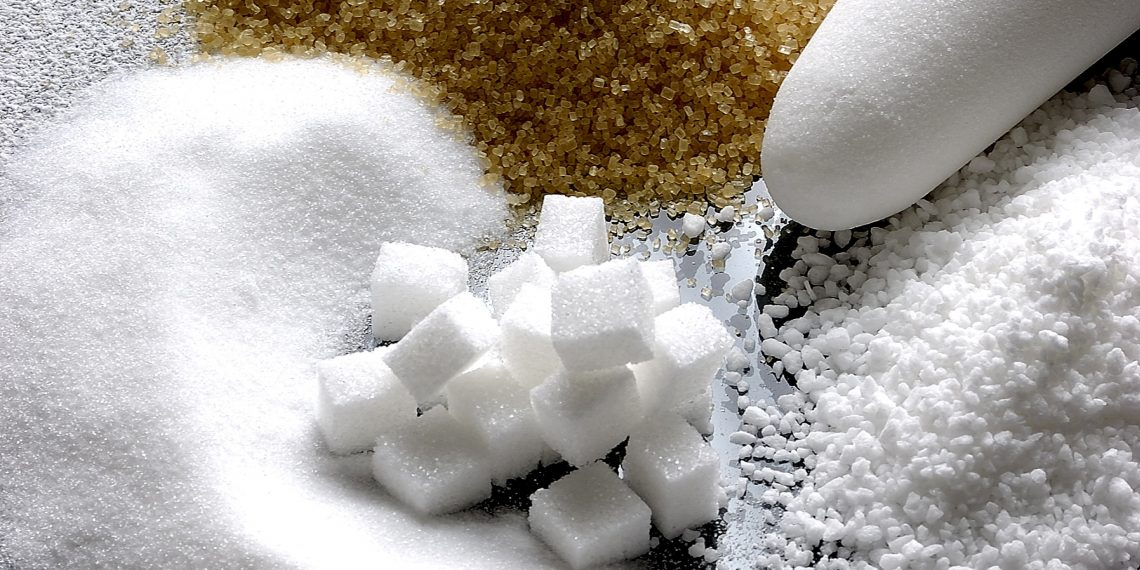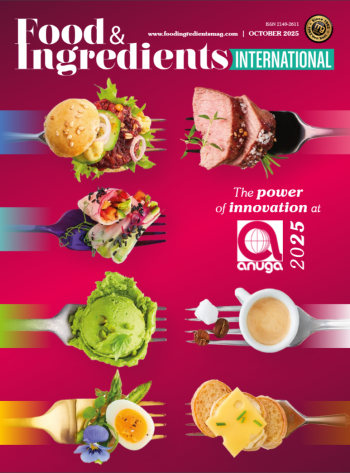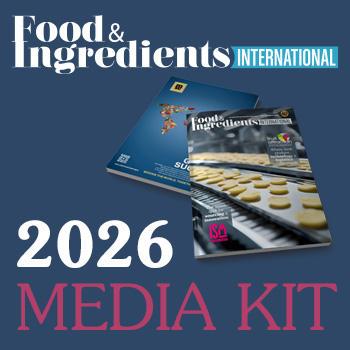The global Food Processing Ingredients Market was valued at USD 46.5 billion in 2022 and it is anticipated to grow further till USD 86.1 billion by 2032, at a CAGR of 6.4% during the forecast period.
Food processing ingredients are substances that are added to food during the manufacturing process. These ingredients can be used to improve the taste, texture, or appearance of food. They can also be used to extend the shelf life of food or to add nutritional value. Some common food processing ingredients include salt, sugar, fat, and starch.
The key drivers of the food processing ingredients market include the growing demand for processed food, the need for cost-effective and healthy ingredients, and the need for better product quality. The processed food industry is growing at a rapid pace due to the changing lifestyles of consumers and the need for convenient and ready-to-eat food. The demand for food processing ingredients is also driven by the need for cost-effective and healthy ingredients. The food processing ingredients market is also driven by the need for better product quality. The quality of food ingredients has a direct impact on the quality of the final product. Thus, the manufacturers of food processing ingredients are constantly striving to improve the quality of their products.
Market restraints and challenges
The key restraints and challenges in Food Processing Ingredients market are as follows:
1. Stringent food safety and quality regulations: Stringent food safety and quality regulations across the globe are one of the major restraints for the growth of the food processing ingredients market. These regulations are constantly evolving, making it difficult for manufacturers to keep pace and comply with them. This is especially true for small and medium-sized enterprises (SMEs), which often lack the resources and expertise to comply with complex regulations.
2. Volatile raw material prices: The prices of raw materials used in the manufacture of food processing ingredients are subject to volatile swings, which can impact the profitability of manufacturers. For example, the price of corn, a key raw material used in the production of starch, fluctuated sharply in 2016 due to poor weather conditions in key producing regions.
3. Intense competition: The food processing ingredients market is highly fragmented, with a large number of small and medium-sized manufacturers competing for market share. The intense competition, coupled with the commoditized nature of many food processing ingredients, makes it difficult for manufacturers to differentiate their products and capture premium prices.
4. Slow economic growth in developed markets: Economic growth in developed markets, such as North America and Europe, has been sluggish in recent years, which has restrained the demand for food processing ingredients. In addition, the strengthening of the US dollar and the eurozone crisis have further dampened demand in these markets.
5. Slow economic growth in emerging markets: While economic growth in emerging markets such as Asia Pacific and Latin America has been strong, it has been slower than expected in recent years, which has restrained the demand for food processing ingredients. In addition, many emerging markets are highly price-sensitive, making it difficult for manufacturers to raise prices and improve margins.



















